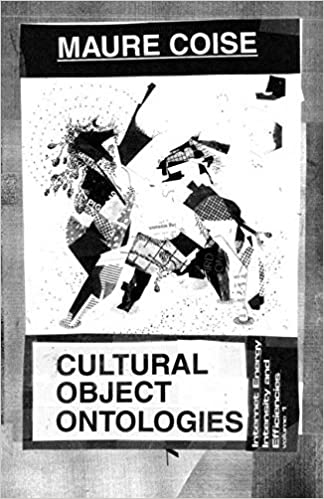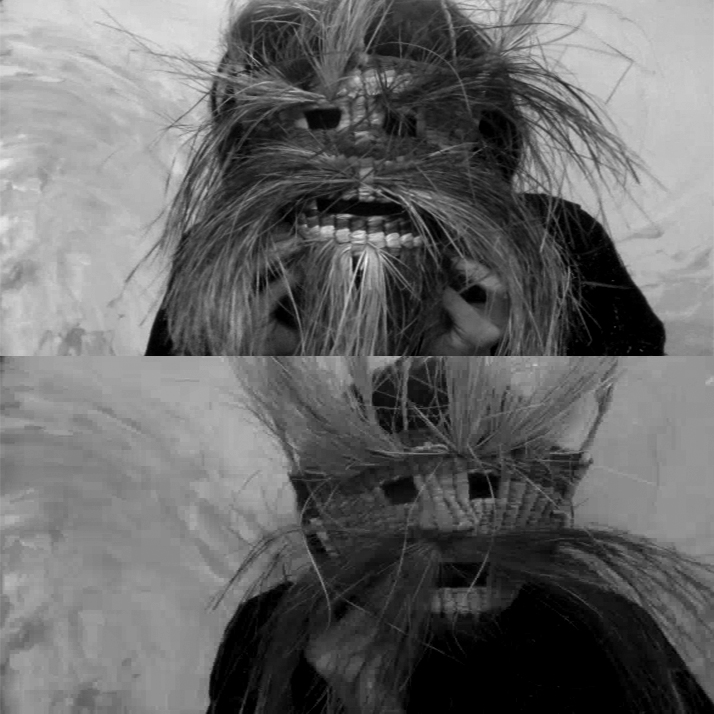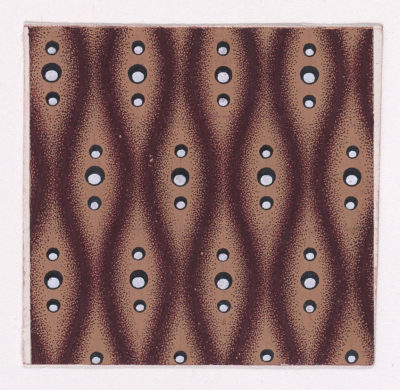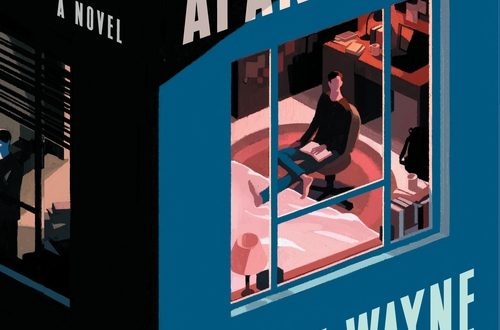
“Program-Poetics: Cultural Object Ontologies by Maure Coise” Reviewed by Mike Corrao
Maure Coise, Cultural Object Ontologies
Inside the Castle / October 2019
162 pages
Cultural Object Ontologies, like most books released by Inside the Castle, is difficult to describe. It lies somewhere between procedure and poetry, between theory and practice.
The text initiates in a set of sparse stanzas. They hug the left margin of the page as the author begins to map out a program called, Dialogica. I do not know if this is a real program or not, or if it is maybe made in reference to an actual program. In these beginning pages I found myself uncertain of what was and was not real. There is mention of W3C (the World Wide Web Consortium), but then mention of ‘cyber-physical systems’ and poetic metadata. Fiction and non-fiction begin to mingle in the same space until the boundary between them is unrecognizable.
Coise’s poetry reads as the outlining of intricate methods that will guide this set of theoretical investigations. The language is not mutated into some pseudo-poetic shape in order to justify its scattered formatting. Instead, it is left in its raw form. And because of this, stanzas / enjambment / line breaks begins to feel like some kind of infection. Like the original text used to exist in another form, but has now been re-oriented into this new arrangement.
Throughout the entirety of Cultural Object Ontologies there is this sinister undertone. Like something is happening just out of sight, behind the page / interface. You see the text on the page, you can read it and for the most part understand it, but that is not the whole picture. Your eyes detect it but you aren’t sure what it is. At times it appears demonic and otherworldly.
But then something changes. About a third of the way into the book the program begins to run. Code trails down the screen. </xs:complexType></xs:element><xs:element name = “xRecords”> The page becomes dense with techno-babble. For the most part, this language is indecipherable, but pockets of recognizable language begin to resurface. The text becomes reflexive, talking about itself, the author, the publisher. There is the sense that everything before now has been a preamble. A short discussion of a hypothetical poetic program. But now whatever Dialogica is, or whatever Cultural Object Ontologies
is, has begun. The machine has turned on, its software is booting up.
You watch as the text crawls through the program’s intestines. You feel like you are seeing the guts of the theory-producing machine, watching language stew, gurgling in a vat of acid. Watching as it expands and absorbs its surroundings. Converting older literature into a new text. Repurposing Coise’s earlier work (predominantly short essays, I believe) and replanting them here.
There is a cyclical nature to Coise’s program poetics. They have a tendency to loop back on themself, following some theoretical tract before returning to declare their name and their creator. Then beginning again, going down another pathway. The program consumes data and vomits it out in new arrangements. Clusters of code spackle the page. The reader engages with the text at times as if they are a cipher, skimming through the computer’s reine sprache in search of something they can understand, collecting each morsel of language and stringing them together into a closer understanding of Coise’s digital occultism.
I am never quite sure what Cultural Object Ontologies is. If it is the book’s (I think) hypothetical program, Dialogica. Or if it is a book about the program. Or a book written using the program. Reading Coise’s book feels like watching a consciousness being assembled. Like a portal has spawned just over the book as you read, pouring viscous ink onto the page and forming this cursed lexicon. Data becomes a transcendent kind
of creature. Speaking of death and prophecy, cosmic shapes and new literatures. The radical ontologies of the text guide the reader as they approach the end of the text’s metamorphosis.
Coise’s work here is enigmatic and primal. The text feels like it has spawned from some ancient virtual zone. There is never quite stable enough ground to get your footing. And this is great. The book maintains this air of unknowability through its entirety. After reading, I am still brought back to certain passages and phrases, as if they might contain some unreachable knowledge.
This is the first installment of a series called, Internet Energy Intensities and Efficiencies. The second installment, Ontologies of Environmental Collapse is set to release in 2021. For anyone interested in texts that are engaging with digital cultural theories and virtual occultism, I cannot recommend this book enough. It explores alcoves that few other works have.
_
*
_
_

Maure Coise lives on Skagit land in the North Cascades. A chapbook, Symphony in White was published by Solar Luxuriance in May 2017. Blogs about music at “The Blog of Roland.” Coise is the author of Geophilosophical Branding (CreateSpace Publishing), Cultural Object Ontologies: Internet Energy Intensity and Efficiencies Volume 1 (Inside the Castle) and the sequel, Ontologies of Environmental Collapse (Inside the Castle), is forthcoming.
__

Mike Corrao is the author of three books, Man, Oh Man (Orson’s Publishing), Two Novels (Orson’s Publishing) and Gut Text (11:11 Press), one chapbook, Avian Funeral March (Self-Fuck), and many short films. Along with earning multiple Best of the Net nominations, Mike’s work has been featured in publications such as 3:AM, Collagist, Always Crashing, and The Portland Review. He lives in Minneapolis.




